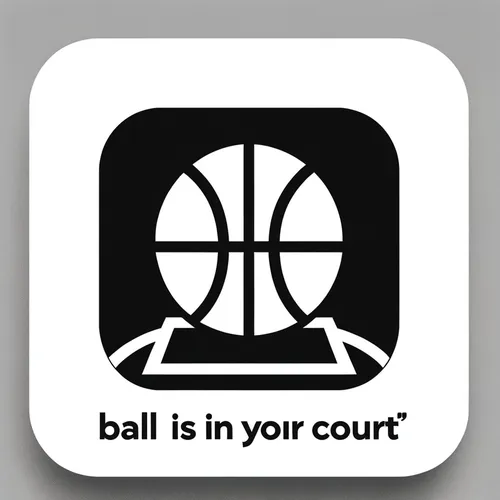The Power of Decision Making: When the Ball Is in Your Court and Your Choice Matters Most
- Author
- Quiet. Please
- Published
- Sat 09 Aug 2025
- Episode Link
- https://www.spreaker.com/episode/the-power-of-decision-making-when-the-ball-is-in-your-court-and-your-choice-matters-most--67313934
Listeners, have you ever found yourself hesitating on a big decision, knowing everyone is waiting on your move? That tense moment is perfectly captured by the phrase, “the ball is in your court.” Drawing from tennis, where whoever has the ball must make the next play, this idiom has come to mean it’s now your turn to act or decide. According to the site The Idioms, it appeared figuratively in the 1960s as tennis terms became part of everyday speech, but some suggest it may have been used, though rarely, as early as the 19th century.
But what drives us in these pivotal moments? Decision-making is shaped by our mental models—how we frame the situation, the context, and our own biases. Researchers Kahneman and Tversky showed that two people might be handed the same problem, but because of differences in how the situation is presented or their own experiences, they might see two completely different challenges. It’s not just about facts; it’s about perception, emotion, even timing.
Imagine a recent story making headlines: after months of negotiation, a labor union reached a tentative agreement with management, and now union members must vote to ratify it. The ball is in their court—the path forward depends on their collective choice. Or think back to that moment when Simone Biles, the Olympic gymnast, stepped aside to focus on her mental health, putting ownership of the competition back to her teammates. Both situations demanded difficult decisions, shaped by pressure, urgency, and personal values.
Not making a choice is a choice in itself. Psychologists warn that inaction carries real consequences—missed opportunities, loss of trust, or even the shifting of responsibility altogether. Whether it’s a job offer sitting in your inbox, a relationship at a crossroads, or a public figure making a stand, the moment comes when you alone must decide.
So next time someone says, “the ball is in your court,” remember—it isn’t just about taking a turn; it’s about taking ownership. What you do next could change everything.
